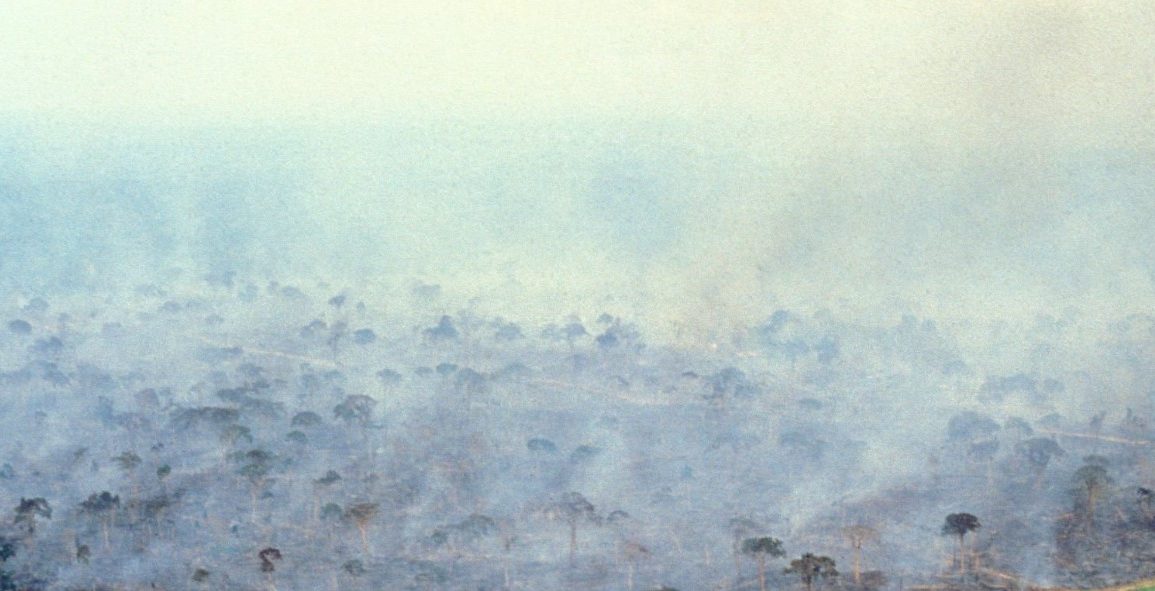A powerful heatwave swept across Southern California this month, pushing temperatures past 110°F (43.3°C) and intensifying the wildfire crisis.
As fires ravaged nearly 40,000 acres in the Inland Empire, the region, home to a vast network of logistics warehouses, was enveloped in thick, dark smoke.
Despite hazardous conditions, essential workers, including those at Amazon’s largest air freight hub in San Bernardino, continued working through the intense heat and smoke.
Cynthia Ayala, a 28-year-old ramp agent at the facility, described enduring 10-hour shifts amid the extreme temperatures and thick ash raining from the sky.

“We saw ash falling from the sky,” she said, adding that the smoke was so dense it became painful to breathe. The Line fire, which grew rapidly, sparked its thunderstorms, further complicating the already perilous conditions.
Despite requests from employees for safer working conditions, Amazon only closed the hub after pressure from workers demanding paid time off.
Although the company asserts that it closed the hub “out of an abundance of caution,” many employees, including Ayala, were concerned about long-term health impacts, citing burning eyes, difficulty breathing, and increased exhaustion from the heat.
This alarming situation highlights the ongoing struggles of logistics workers in California’s Inland Empire, where extreme heat and wildfires have become increasingly common due to climate change.
With safety standards still lacking in many workplaces, employees like Ayala and Victor Ramirez, a veteran worker, are left to navigate dangerous conditions to meet the growing demand for goods, risking their health in the process.

